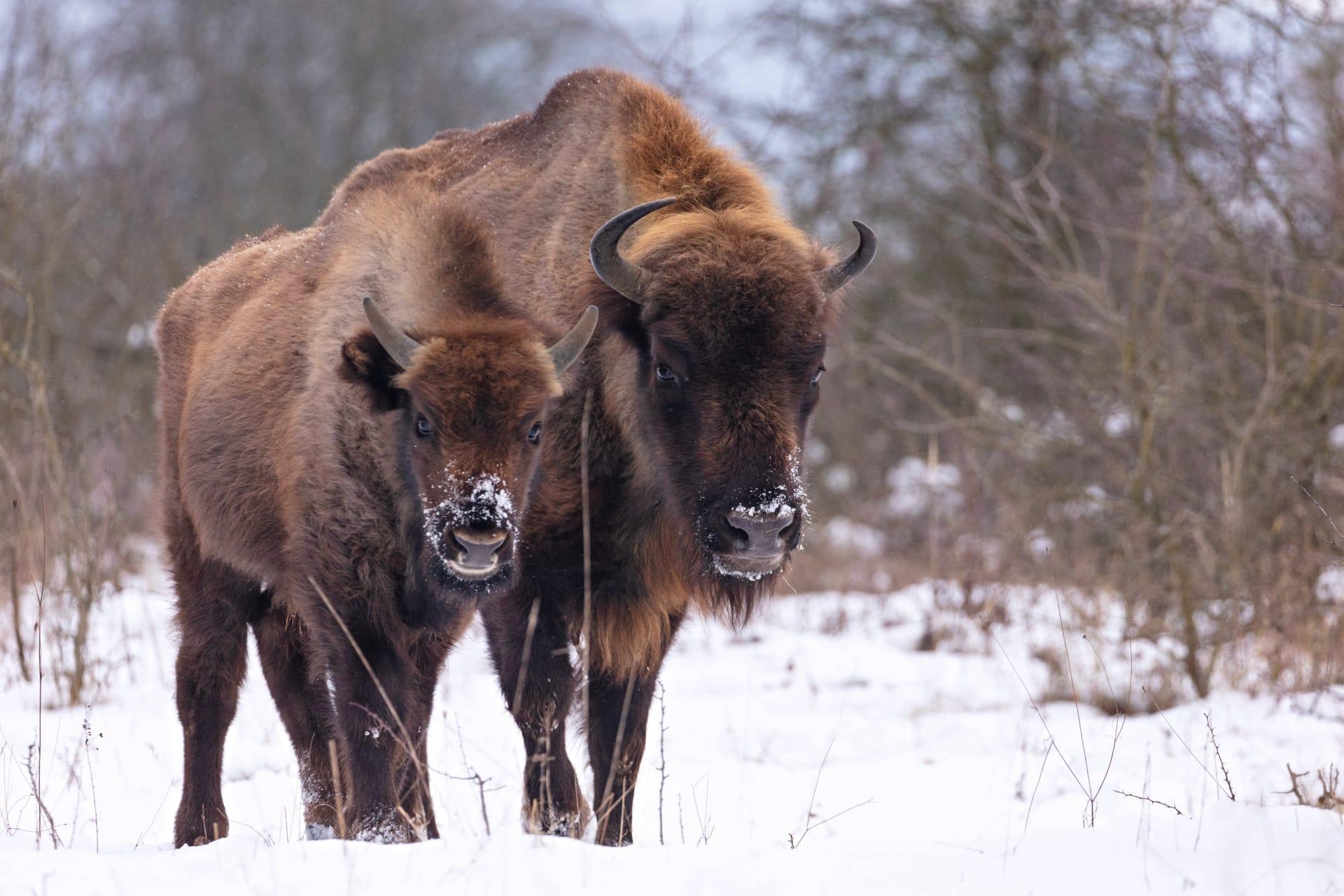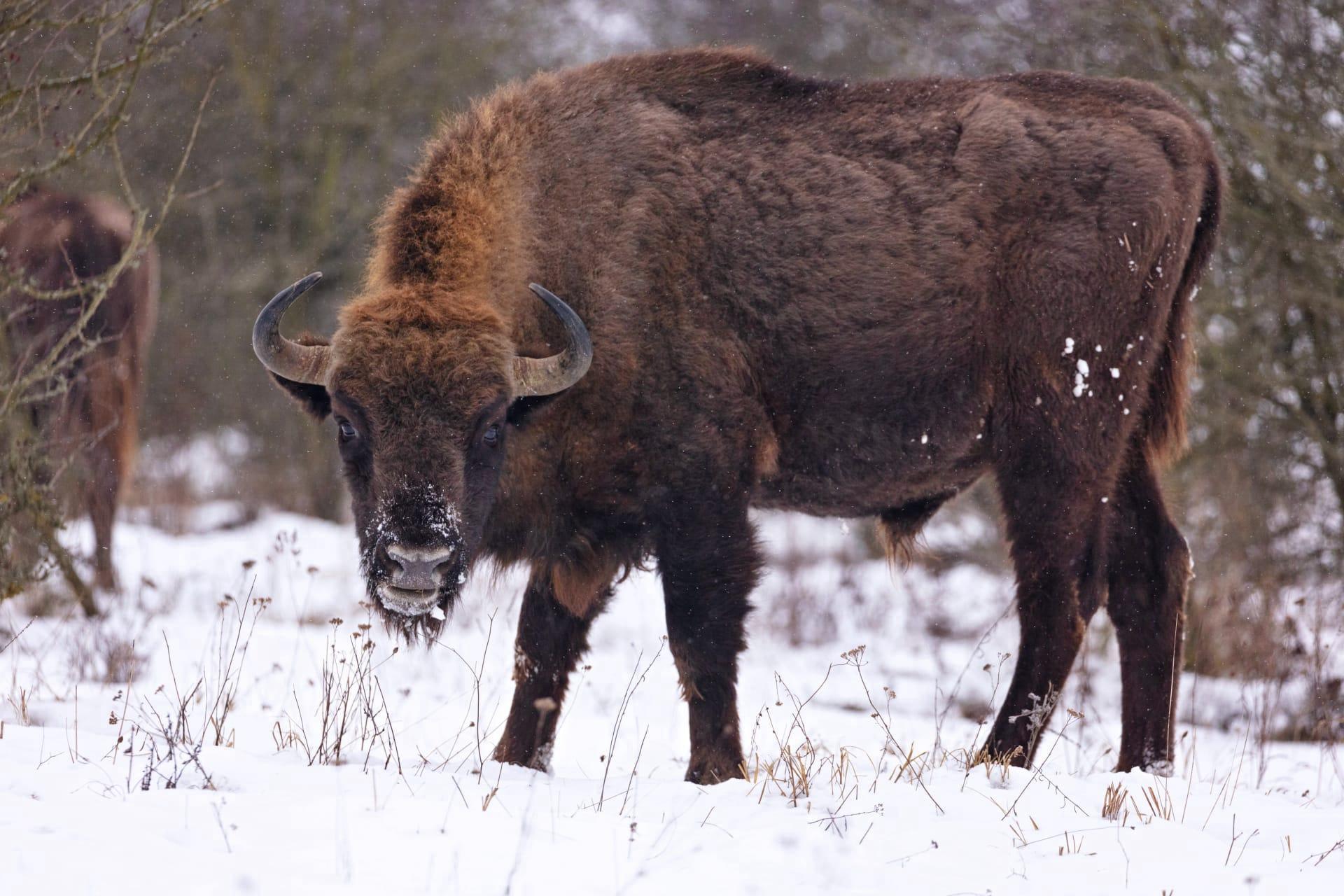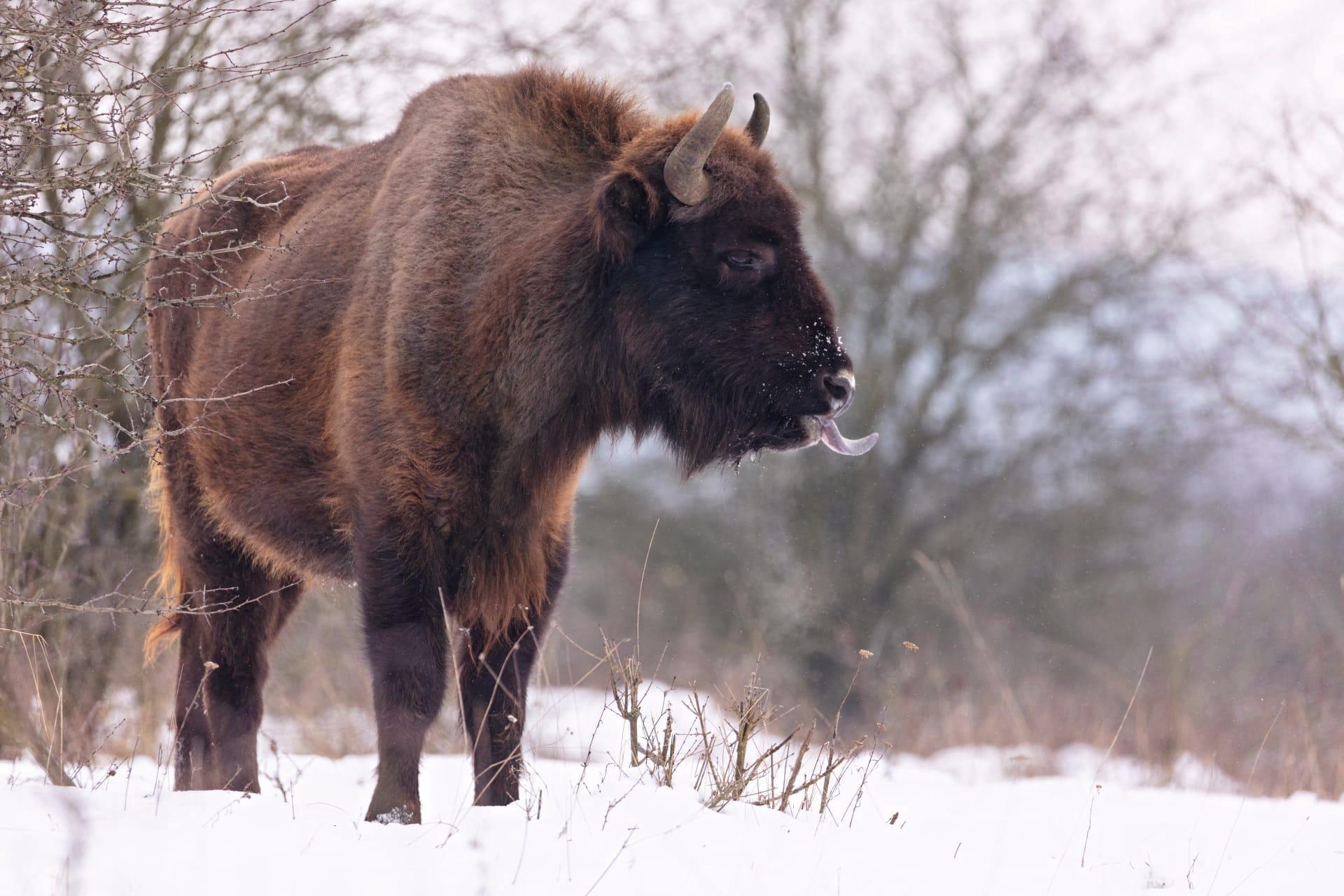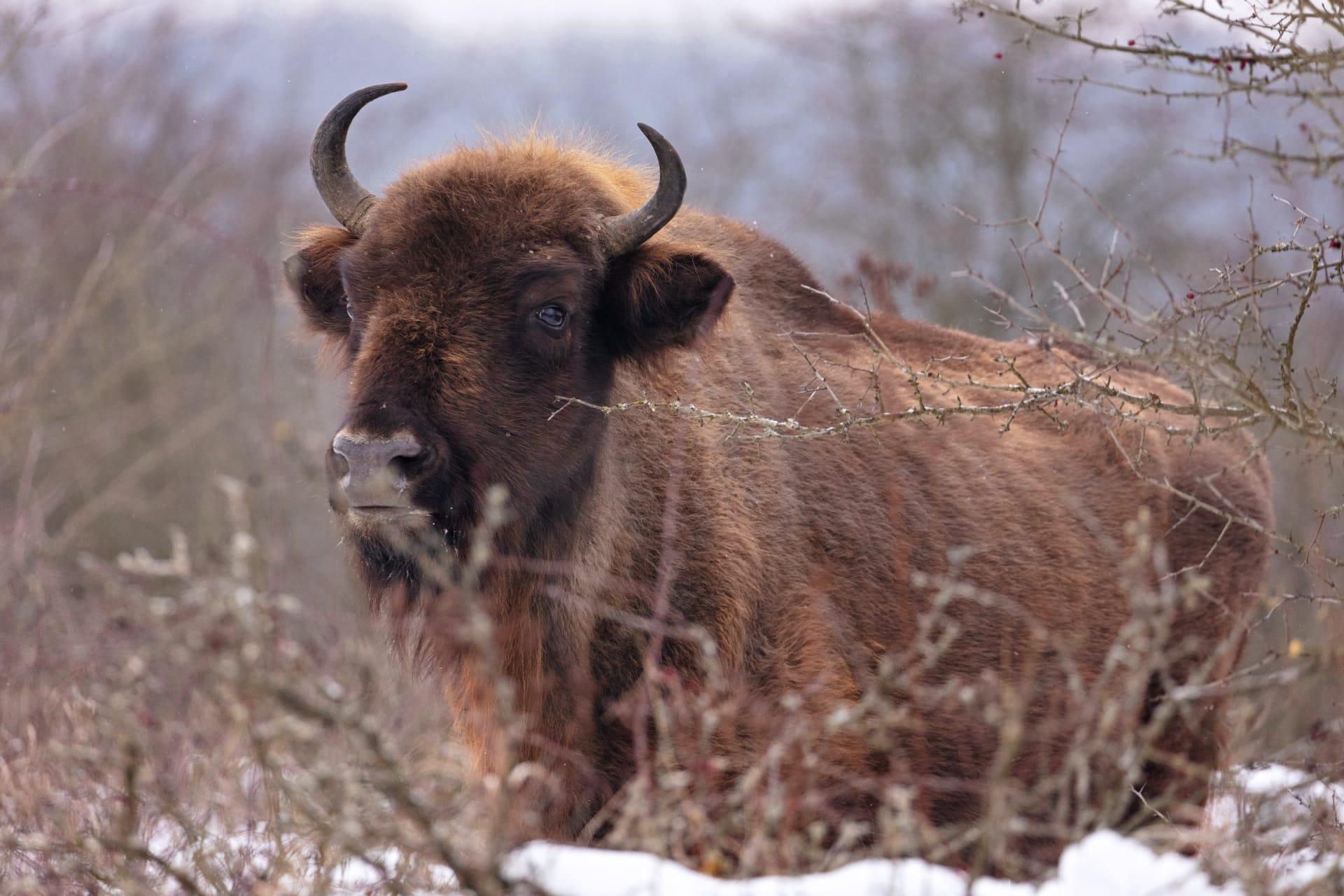Buffalo
- Home /
- Mini Encyclopedia /
- Animal /
- Buffalo
1
The majestic buffalo, scientifically known as Bubalus bubalis, is a fascinating creature belonging to the Bovidae family. This species is classified into two primary types: the domestic water buffalo and the wild water buffalo. The domestic water buffalo, more commonly encountered, is further divided into two subspecies: the River buffalo, predominantly found in the Indian subcontinent, and the Swamp buffalo, more widespread in Southeast Asia. The wild water buffalo, considered the ancestor of the domestic varieties, is a distinct species, known for its formidable size and strength.
Buffalos are widespread creatures with a diverse range of habitats. The domesticated River buffalo is mainly found in the Indian subcontinent, including countries like India, Nepal, Bangladesh, and Pakistan. These areas provide the perfect environment with lush grasslands and access to water, essential for their survival. On the other hand, the Swamp buffalo is predominant in Southeast Asia, notably in Thailand, the Philippines, Indonesia, and Vietnam. Their adaptability to wet, marshy areas is remarkable. The wild water buffalo, now endangered, primarily inhabits protected areas in Northeast India, Bhutan, and parts of Nepal, thriving in the region's alluvial grasslands.

2
Question: A common misconception about buffalos is that they are slow and lethargic. This belief likely stems from their bulky appearance and often sedentary lifestyle when domesticated.
Answer: Contrary to this popular belief, buffalos are surprisingly agile and fast. They can reach speeds of up to 30 miles per hour when motivated, especially if they sense danger. In the wild, this agility plays a crucial role in their survival, allowing them to outrun predators and navigate through challenging terrains. Moreover, their swimming skills are exceptional, with some Asian cultures even hosting buffalo swimming races, showcasing their remarkable aquatic abilities.

3
The buffalo's survival strategies are a blend of physical strength, social structure, and adaptability. Physically, their formidable size, which can reach up to 2,000 pounds, and their large, curved horns serve as a natural defense against predators. These horns, which can span over four feet, are not just for show; they are powerful tools for self-defense and territorial battles.
Socially, buffalos are herd animals, and this communal living provides multiple benefits. The herd structure allows them to protect the young and vulnerable, with adults forming a protective circle around calves in the face of danger. This solidarity enhances their survival chances against predators. Additionally, their ability to adapt to different environments, from lush wetlands to grassy plains, allows them to find suitable habitats for grazing and breeding, ensuring their species' continuation.

4
In the ecosystem, buffalos play a significant role, particularly in maintaining the balance of their habitats. They are known as 'ecosystem engineers' due to their ability to modify their environment. By grazing, they control the growth of vegetation, which can prevent overgrowth and maintain a balanced ecosystem. Their movements and wallowing create water holes that can become crucial water sources for other wildlife during dry periods.
Furthermore, buffalos contribute to the soil's health. Their dung is a natural fertilizer, enriching the soil with nutrients and aiding in plant growth. This process is vital for maintaining the fertility of the grasslands where they roam. Their presence also supports a range of other species, from birds that feed on the insects attracted to buffalo herds to predators like tigers and lions that rely on them as a food source, illustrating the interconnectedness of the ecosystem.

5
Film: "Buffalo Warriors" (United States, 2021) is a gripping documentary that explores the life and struggles of the American bison, a close relative of the water buffalo. The film showcases the majestic landscapes of the American West and delves into the historical and cultural significance of the bison, highlighting conservation efforts to protect this iconic species.
Book: "The Water Buffalo: New Prospects for an Underutilized Animal" (United States, 1981) by the National Research Council offers an in-depth analysis of the water buffalo's role in agriculture and its potential in various ecosystems. The book provides a comprehensive view of the buffalo's utility, biology, and the challenges faced in its conservation and management.
Book: "Buffalo Days and Nights" (Canada, 1990) by Peter Erasmus is a historical account that brings to life the role of buffalos in the North American plains. Erasmus, a Métis interpreter, narrates his experiences and interactions with the Indigenous peoples and settlers, providing a unique perspective on how the buffalo shaped the cultural and economic landscape of the region.